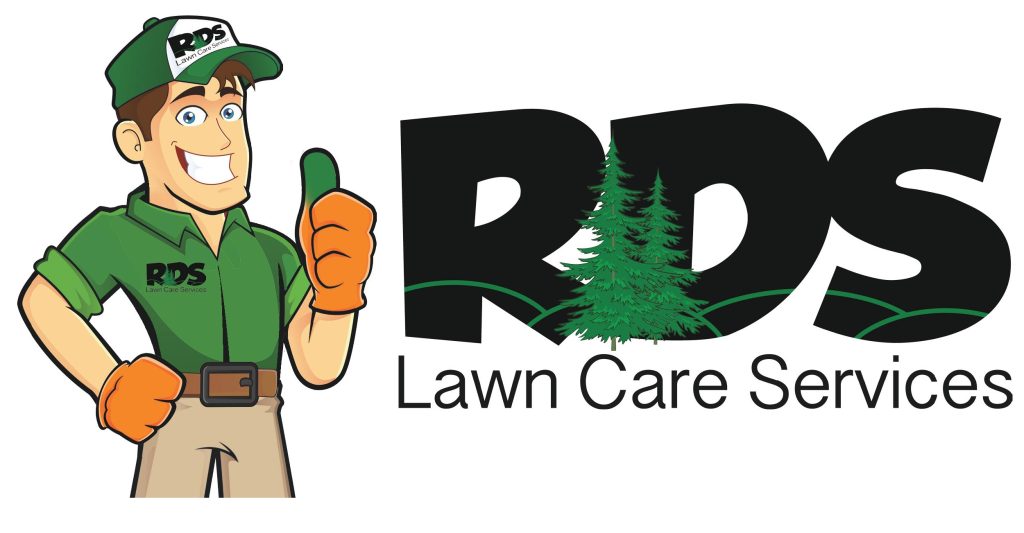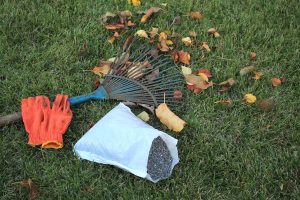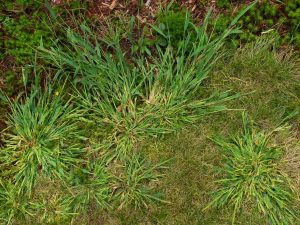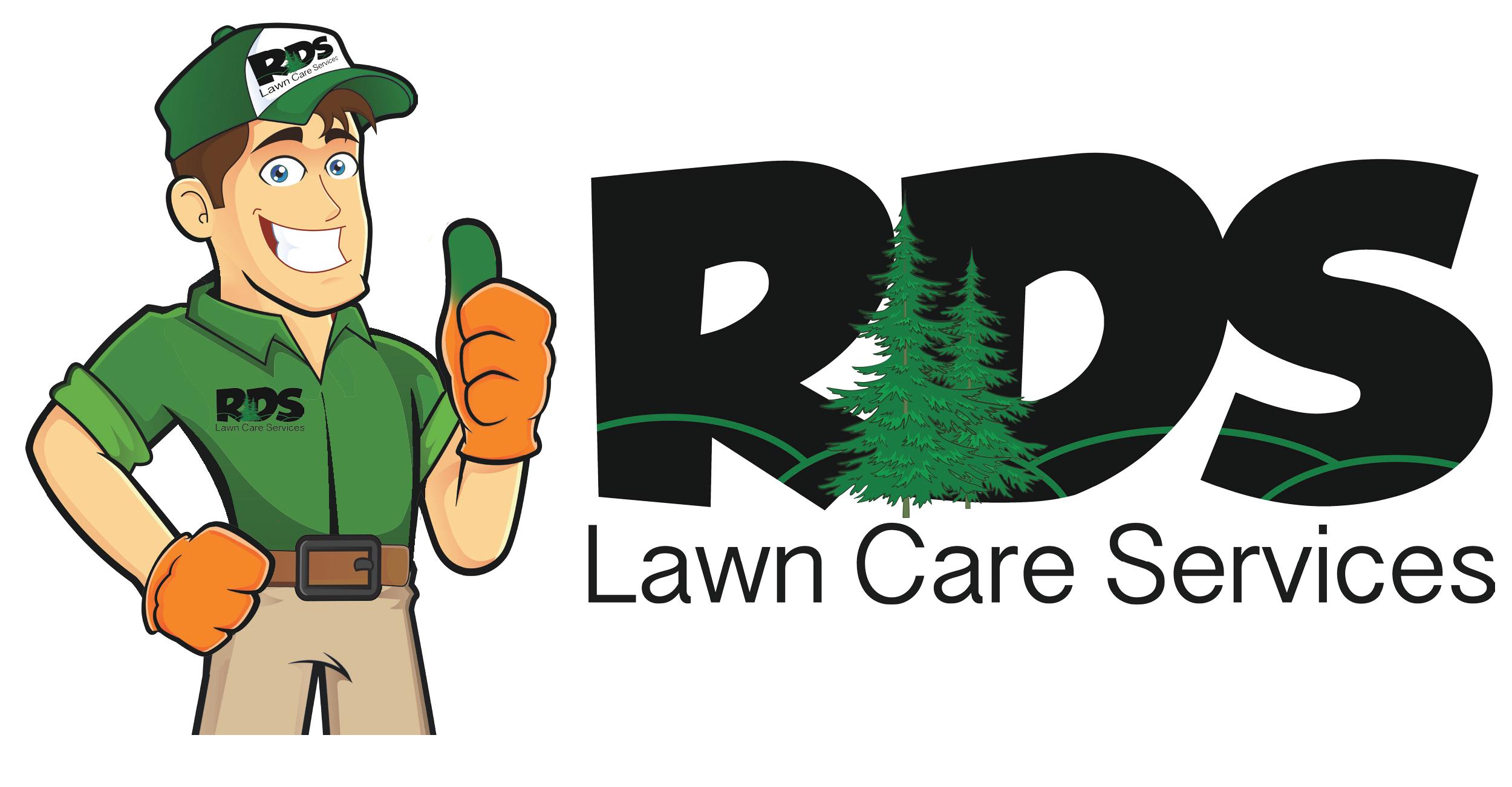
Rust is a fungal lawn disease that affects struggling turfgrass. This disease is infamous for leaving an orange substance on everything it contacts, which is also how it spreads infection. This article will help you understand how to identify Rust and how to prevent it from spreading.
Symptoms Of Rust
It is not hard to identify Rust on a lawn when you see it. Individual grass blades become infected and form areas of discolored and thinning grass, similar to many lawn diseases. However, as opposed to patch diseases that turn grass yellow or tan, grass infected by the Rust fungi turns a distinctive orange color that resembles rust on metal. Infected grass blades will initially develop small yellow spots that can be difficult to differentiate from other diseases, but those spots will quickly turn into the unmistakable orange-to-brown pustules of Rust.

Signs of Rust are often found all over the place, not just on lawns. Have you ever mowed the grass and found an orange powder all over your shoes when you finished? That’s Rust! The pustules that form on infected grass blades are very delicate and rupture extremely easily. When this happens, a powdery orange substance is released and can be found on anything it comes into contact with. Because of how easily and frequently the pustules rupture, Rust is notorious for spreading at an alarming rate, and the disease can quickly overtake your lawn and yard.
What Causes Rust?
The fungi that create the Rust lawn disease can vary between thousands of species that belong to the Puccinia genus, most of which create the same type of damage to their host plants. The orange pustules found on infected grass blades are actually fungal spores. The spores start to multiply across a healthy plant until it is covered in a powdery substance that resembles rust. Once established, a Rust infection spreads rapidly and effortlessly. In fact, many cases of Rust in lawns are caused simply by wind blowing the fungal spores into new yards.
Rust will spread on its own as it comes into contact with plant matter, but physical transference is by far the most common way this disease gets spread. Lawn mowers, clippers, rakes, toys, shoes, and anything else that comes into contact with infected grass can and will spread the Rust disease. The rate and many methods by which Rust spores spread make containing an infection incredibly challenging if it is not caught early.

Rust fungi attack lawns during every season, and they will even overwinter in the tissue of healthy plants in order to multiply and spread again in spring. Aside from physically spreading existing spores, there are a number of environmental and other factors that should be avoided in order to stop Rust from developing on your turf:
- Unpredictable Temperatures
- Drought Stress
- Heavily Shaded Areas
- Damp Turf
- Under-fertilizing
- Infrequent & Low Mowing
- Poor Drainage
- Single Seed Type
Can Rust Kill Grass?
Unlike other lawn diseases, Rust spreads indiscriminately across all grass types in all seasons, but does it actually kill grass? Sort of.
The damage directly caused by Rust is not typically thought of as permanent, but grass can eventually start to die after being weakened by Rust, even if the fungi themselves do not kill plants. Lawns that are struggling to grow are the most susceptible to Rust, so any additional factors that inhibit growth could cause turf to die. By covering grass blades in orange spores, the Rust fungi are actually weakening grass and affecting its ability to photosynthesize. If grass is suffocated by the spores and unable to absorb the nutrients it requires, that grass will continue to grow weaker and more vulnerable to other diseases, weeds, and pests.
The grass types most commonly affected by Rust are Kentucky bluegrass, perennial ryegrass, and certain fescue mixes, which typically get combined with other seed types to make lawns more resistant against other diseases. Though Rust can be difficult to control once it is established, maintaining a healthy lawn is all you need to do to keep Rust from being a problem in your life.
Prevention & Treatment

Fungicides are generally not as effective at treating Rust as they are at treating other diseases. Even just the vibrations from spraying a fungicide could spread the delicate Rust spores. Since Rust is mostly interested in attacking struggling, unhealthy turf, keeping your lawn healthy is the best way to treat this disease.
Fertilization & Weed Control
Low nitrogen in the soil is a common cause of Rust because grass needs nitrogen to grow. If nitrogen levels are too low, your turf will not be able to thrive, which makes it susceptible to Rust fungi. Proper fertilization ensures that your grass has the nutrients it needs to grow and fight off infection, and weed control helps maximize your lawn’s nutritional intake.
Lawn Mowing
Grass should be left a little taller in order to withstand damage from diseases. Only the top 1/3 of a lawn should be removed, and mowing should not exceed one session per week. Cleaning mower blades before every use and bagging grass clippings are easy ways to minimize the spread of Rust if you notice symptoms in your yard.
Cleaning
Landscaping tools should always be cleaned before and/or after they are used, but cleaning becomes a necessity when dealing with Rust. Every tool that may have come into contact with Rust should be cleaned thoroughly before it is put away, and even shoes and clothing need to be washed in order to prevent the spread of infection. Keep yourself and your property clean!
Water & Sunlight
Rust thrives in environments with moderate temperatures and ample moisture. To make sure your lawn is not wet when temperatures cool down at night, watering your lawn at dawn is the best option. Watering early in the morning gives your turf the entire day to dry and avoids damp and cool turf that would be conducive to fungal growth. Also, make sure the majority of your lawn is not under heavy shade by tree trimming and rearranging décor. Rust loves both shade and moisture, so adequate sunlight is a must!
Core Aeration
Fungi can attach itself to excess thatch in the soil of your turf, and that thatch can often lead to compaction and drainage issues. Core aeration can help break up thatch, allow your lawn to drain water, and provide several other benefits that deter Rust and lawn diseases. With this one service alone, many of the factors that lead to a fungal infection can be diminished or prevented.
Overseeding
Some grass types are more resilient to lawn diseases than other types, but blending seeds is always a great way to prevent the spread of an infection. Rust fungi attack specific grass types, which is why using a blend of seeds in your lawn can help slow the spread of infection. Overseeding can improve struggling areas of your turf and make your lawn unsuitable for the development of Rust.




